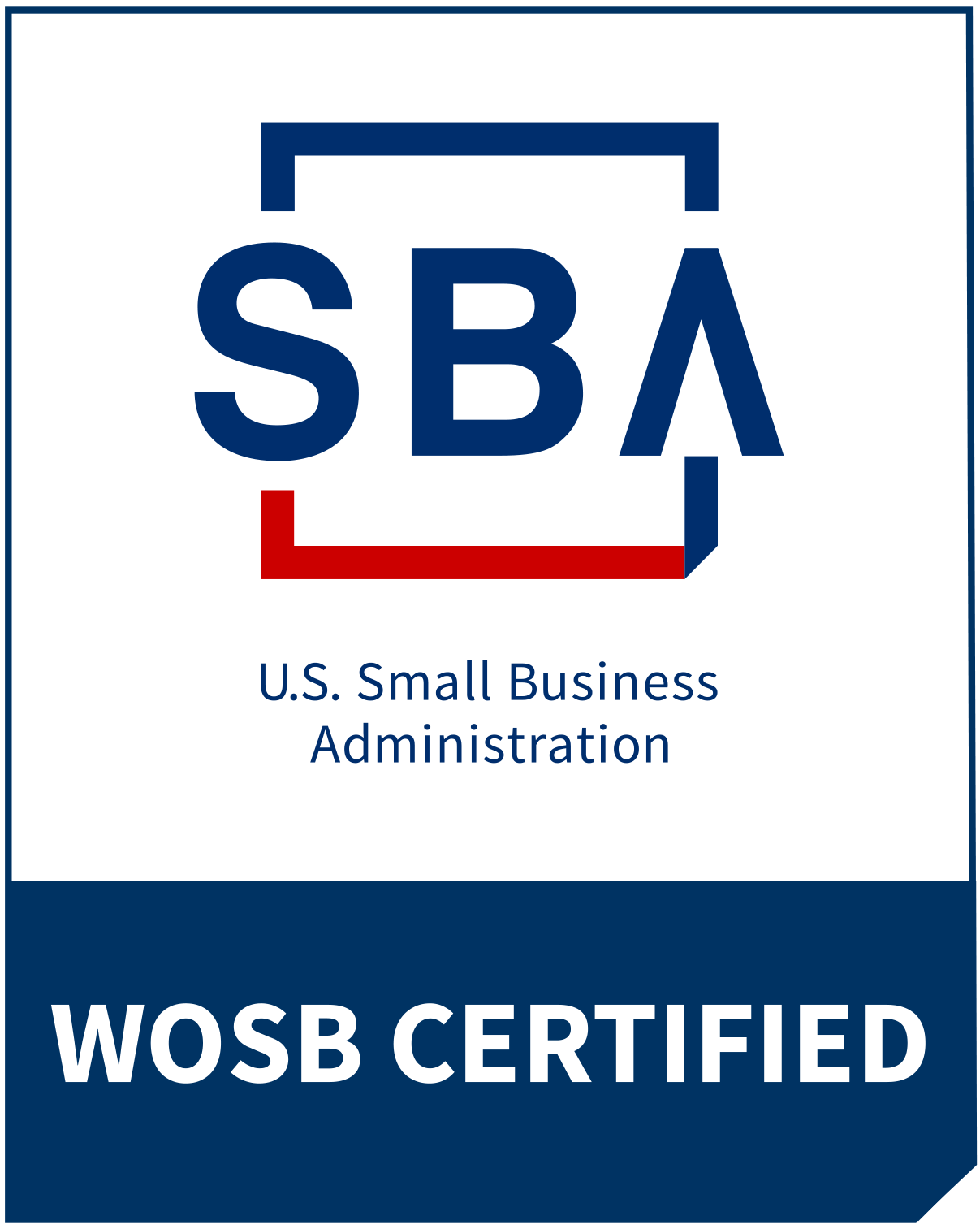Systematization: The CEO's Secret Weapon
Systematization: The CEO's Secret Weapon
Have you ever felt like you're drowning in a sea of tasks, barely keeping your head above water? Do you find yourself working longer hours but seeing diminishing returns? Are you constantly putting out fires instead of focusing on growth? If these questions resonate with you, you're not alone. Many entrepreneurs and CEOs of small businesses face these challenges daily.
As a seasoned business consultant specializing in helping companies scale successfully, I've seen firsthand the transformative power of systematization. Let's dive in to see how it can revolutionize your small business.
Let's start by defining what we mean by systematization. In the business context, systematization refers to the process of creating and implementing standardized procedures and workflows to streamline operations, increase efficiency, and ensure consistency. It's about transforming your business from a chaotic jumble of tasks into a well-oiled machine that runs smoothly, even when you're not there.
5 Indicators You May Need to Work on Your Systems
The importance of systematization cannot be overstated. When systematization is lacking, the symptoms are often glaring. You will likely see some or all of the following signs:
- Inconsistent quality of products or services
- High employee turnover due to stress and confusion
- Difficulty in scaling operations
- Constant firefighting and crisis management
- Over-reliance on specific individuals (often the owner)
6 Steps to Address the Issues
Let's explore the steps to address these issues through systematization:
- Identify Key Processes: Start by listing all the core processes in your business. This could include everything from customer acquisition to product delivery.
- Document Current Workflows: For each process, document how it's currently being done. This will help you identify inefficiencies and bottlenecks.
- Analyze and Optimize: Look for ways to streamline each process. Can steps be eliminated? Can technology be leveraged to automate certain tasks?
- Create Standard Operating Procedures (SOPs): Develop clear, step-by-step instructions for each optimized process. These SOPs will serve as the backbone of your systematized business.
- Implement and Train: Roll out your new systems gradually, providing thorough training to your team. Remember, change can be challenging, so clear communication is key.
- Monitor and Refine: Continuously evaluate the effectiveness of your systems and make adjustments as needed. Systematization is an ongoing process, not a one-time event.
What Else Can Systematization Address?
Let's look at some common problems that systematization can address:
- Client Onboarding: Without a system, each new client might receive a different experience, leading to inconsistency and potential dissatisfaction. A systematized onboarding process ensures every client gets the same high-quality introduction to your business.
- Project Management: In the absence of systems, projects can easily go off track, miss deadlines, or exceed budgets. Implementing a project management system can keep everyone aligned and projects on schedule.
- Financial Management: Many small businesses struggle with cash flow issues due to inconsistent invoicing and payment collection. A systematized financial process can ensure timely invoicing and follow-ups, improving cash flow.
- Employee Training: Without a structured training system, new employees often feel lost and take longer to become productive. A systematic approach to training can get new hires up to speed quickly and consistently.
Potential Challenges to Systematization and Solutions
While the benefits of systematization are clear, implementing it can come with challenges:
Resistance to Change: Employees (and sometimes even you) may resist new systems, preferring the familiar "way we've always done things."
Solution: Involve your team in the systematization process. Explain the benefits and how it will make their jobs easier in the long run.
Time Investment: Creating and implementing systems takes time, which can feel scarce in a busy small business.
Solution: Start small. Choose one process to systematize and build from there. The time invested will pay off in increased efficiency.
Choosing the Right Tools: With countless software options available, selecting the right tools for your business can be overwhelming.
Solution: Start with your needs, not the tools. Once you understand your requirements, research options and take advantage of free trials before committing. You may find that you can use software you already have!
Maintaining Flexibility: There's a fear that too much systematization can lead to rigidity.
Solution: Build flexibility into your systems. Regular reviews and updates can ensure your systems evolve with your business.
Systematization and Scaling
Systematization directly connects to acquiring more clients, scaling, and increasing profitability. With efficient systems in place, you can handle more clients without a proportional increase in workload. This scalability is the key to profitable growth. Moreover, well-oiled systems free up your time to focus on high-value activities like strategic planning and business development.
Systematization is not just about creating order from chaos; it's about building a foundation for sustainable growth. By implementing effective systems, you're not just making your current operations more efficient - you're paving the way for future expansion and success.
As a small business owner or entrepreneur, start with the 1st step below. Start small, be consistent, and watch as your business transforms into a more efficient, scalable, and profitable enterprise.
- Identify one area of your business that causes the most stress or inefficiency.
- Document the current process in that area.
- Brainstorm ways to improve and systematize that process.
- Implement your new system, starting small and scaling up.
- Monitor the results and adjust as necessary.
You’ve got this!
Is Your Business Growing But You Feel Like It’s Falling Apart?
Feeling the strain of business growth? You're not alone. Many successful businesses face these challenges. It's often the little things that cause big headaches. Suddenly, your tried-and-true methods don't work anymore, profits shrink, customers are complaining, and you're constantly firefighting.
The key lies in fine-tuning your systems to support your growth. My 3S Profit Optimizer framework helps to secure more clients, streamline operations, and supercharge scalability. I've helped numerous businesses overcome these hurdles, and I'd love to see how I can help you succeed.
Let’s minimize the growing pains and prevent them from reflecting poorly on your business. To learn how to have more freedom, more control, and more opportunities to earn income take action now and click below.
Related Posts

The Ultimate Guide to Business Systems for Female Entrepreneurs




